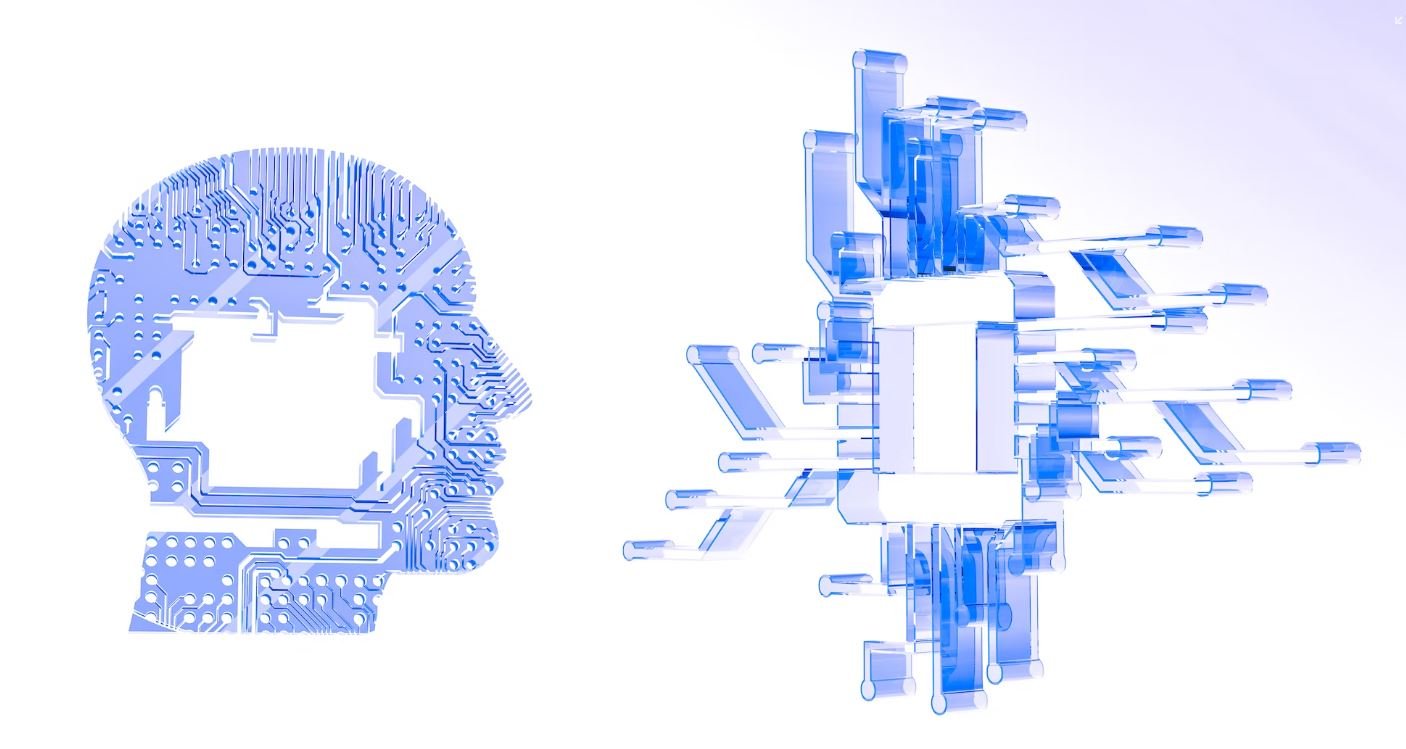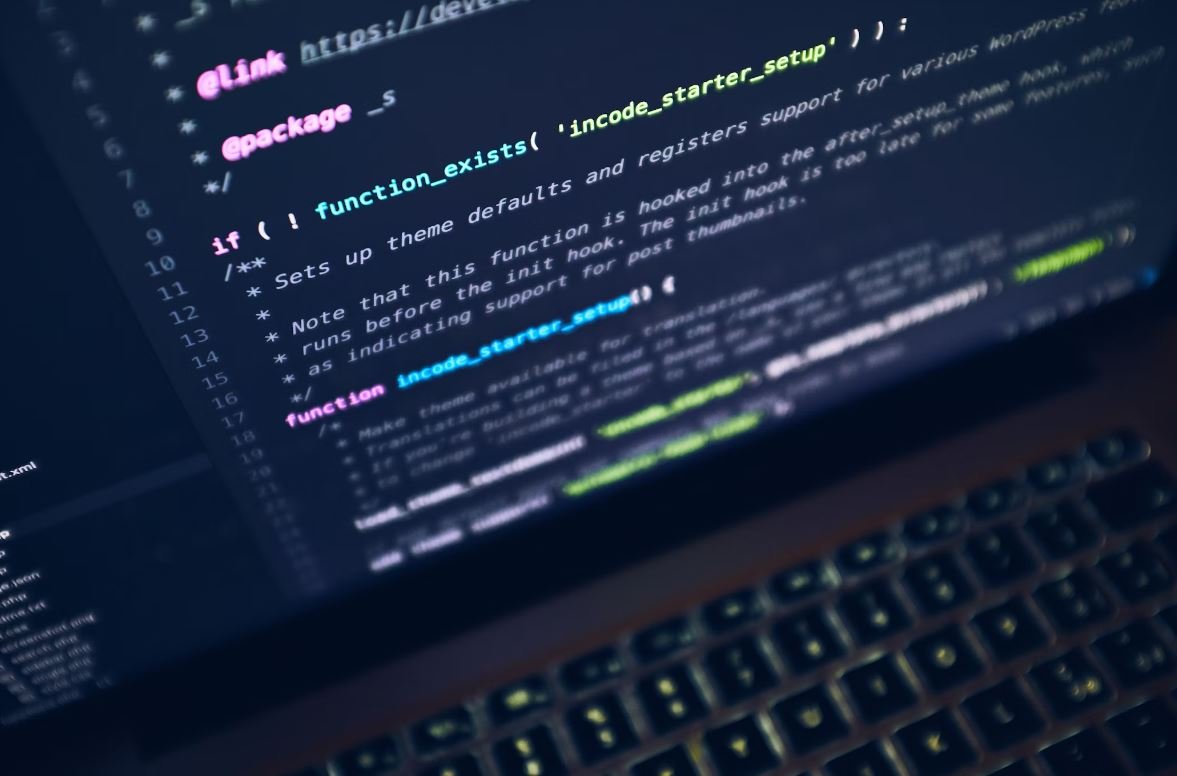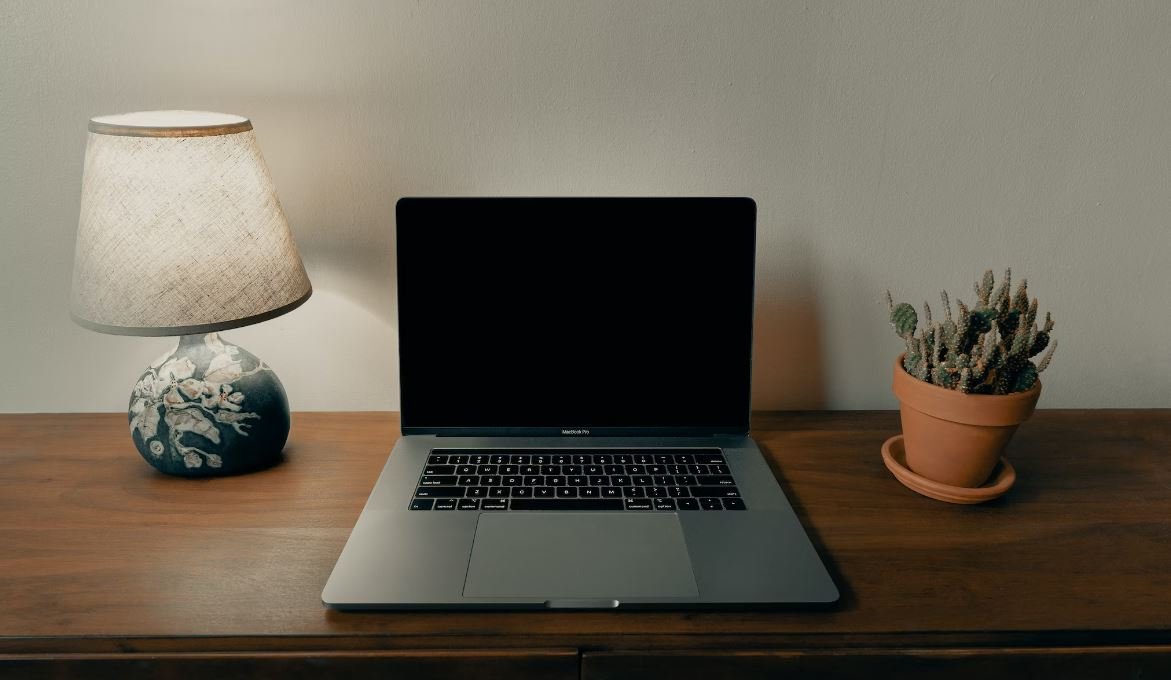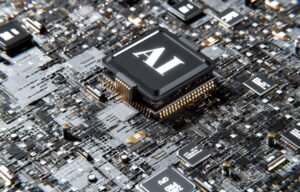Model Making Volcano
Creating a model volcano can be a fun and educational project for both kids and adults. By constructing a volcano model, you can simulate the fascinating process of a volcanic eruption and learn about the various components and forces involved. Whether you are building the volcano for a science fair or simply as a hobby, this article will provide you with step-by-step instructions on how to create an impressive model volcano.
Key Takeaways:
- Building a model volcano is an enjoyable way to learn about volcanic eruptions.
- A model volcano consists of several key components, including the base, the volcano structure, and the volcanic eruption simulation.
- Materials such as clay, plaster, and paint are commonly used for constructing the volcano model.
- Understanding the basic anatomy of a volcano is crucial for an accurate representation.
- Experimenting with different eruption simulation techniques can enhance the realism of the model.
1. Gather Your Materials
Before starting your volcano model, gather all the necessary materials. You will need:
- Cardboard or a base material
- Newspaper or plastic to protect your work area
- Clay or plaster for shaping the volcano structure
- Acrylic paint for coloring the volcano
- Baking soda and vinegar for the volcanic eruption simulation
- A small container to hold the vinegar
*Note: Consider using earthy tones for the volcano color, such as browns and grays, to achieve a realistic appearance.
2. Construct the Volcano Structure
Begin by creating the basic shape of your volcano using clay or plaster. Make sure to build a wide and stable base to support the structure. *For an interesting touch, consider adding small rocks or pebbles onto the clay/plaster for added texture.
3. Paint the Volcano
Once the structure is fully dry, it’s time to paint the volcano. Use acrylic paint to add colors and details that resemble a real volcano. Consider incorporating different shades to create depth and realism.
*Interesting fact: The colors of an actual volcano can vary depending on the minerals present in the lava and the surrounding environment.
4. Create the Eruption Simulation
Now comes the exciting part – simulating the volcanic eruption! Fill a small container with vinegar and place it within the crater of the volcano structure. In a separate container, mix a small amount of baking soda with water to form a thick paste. Pour the baking soda mixture into the vinegar container, step back, and watch the eruption happen!
5. Explore Further Enhancements
If you want to take your model volcano to the next level, consider implementing the following enhancements:
- Add LED lights inside the volcano to mimic the glow of lava.
- Create a diorama around the volcano to depict its geographic setting.
- Experiment with different eruption simulation techniques, such as using Mentos and soda, for unique effects.
Tables for Fun Facts and Data Points:
| Volcanic Facts | Data Points |
|---|---|
| Volcano Name | Number of Eruptions (Last 100 Years) |
| Mt. Vesuvius | 24 |
| Mauna Loa | 33 |
| Mount St. Helens | 4 |
| Volcano Types | Description |
|---|---|
| Stratovolcano | A conical volcano composed of alternating layers of ash and lava. |
| Shield Volcano | A broad, flat volcano with gentle slopes, typically formed by multiple eruptions of fluid lava. |
| Composite Volcano | A volcano formed by alternating eruptions of explosive ash and lava flows. |
| Erupted Materials | Composition |
|---|---|
| Lava | Molten rock expelled during an eruption. |
| Ash | Fragmented volcanic material smaller than 2mm in diameter. |
| Pumice | A lightweight volcanic rock filled with gas bubbles. |
| Lapilli | Small, pebble-sized volcanic rock fragments. |
Get Creative and Have Fun!
Constructing a model volcano is an enjoyable and educational experience that allows you to explore the fascinating world of volcanoes. Let your imagination run wild, experiment with different techniques, and have fun while creating your very own volcanic masterpiece. Remember, the possibilities are endless!

Common Misconceptions
Size and Realism
Size and Realism
One common misconception about model making volcanoes is that they have to be large and highly realistic to be effective. In reality, the size and level of detail of a model volcano can vary depending on the purpose and context. A smaller, simplified model can still effectively demonstrate the basic principles and dynamics of a volcano eruption.
- A model volcano can be small and simple yet still demonstrate volcanic eruption principles.
- The size and level of realism can vary depending on the purpose and context of the model.
- An overly complex and large model might overshadow the main educational focus of the project.
Dangerous Materials
Another misconception is that model volcanoes require the use of dangerous materials such as real lava or explosive chemicals. In fact, it is highly recommended to use safe and non-toxic materials, especially when working on school or education-based projects. Common household items like baking soda and vinegar can create a safe and effective eruption simulation.
- It is not necessary to use dangerous materials to create a model volcano eruption.
- Safe and non-toxic materials like baking soda and vinegar can produce an effective eruption simulation.
- Using dangerous materials can pose risks and should be avoided, especially in educational settings.
Complicated Construction
Many people believe that building a model volcano is a complex and time-consuming task. While it is true that more elaborate volcano models can require some effort, there are also simpler methods available. Craft kits or pre-made volcano models are widely available, allowing for a quick and straightforward construction process.
- Building a model volcano doesn’t have to be a complex and time-consuming task.
- Simple methods, like using craft kits or pre-made volcano models, are available for quicker construction.
- Elaborate volcano models may require more effort and time, but simpler options are also effective.
Only for Science Projects
It is often thought that model volcanoes are only relevant for science fair projects or school assignments. However, model volcanoes can be used for various purposes beyond educational settings. They can serve as unique decorations, interactive exhibits in museums, or even be used for special effects in movies or theatrical productions.
- Model volcanoes can be used for various purposes beyond science fair projects or school assignments.
- They can serve as unique decorations or interactive exhibits in museums.
- Model volcanoes can also be used for special effects in movies or theatrical productions.
Solely for Children
Some people have the misconception that model volcanoes are only for children or young students. In reality, model volcanoes can be enjoyed and appreciated by individuals of all ages. Many adults or hobbyists engage in model making to explore their creative side or learn more about geology and volcanology.
- Model volcanoes can be enjoyed and appreciated by individuals of all ages.
- Adults or hobbyists can engage in model making to explore their creative side or learn more about geology and volcanology.
- Model volcanoes are not limited to being a children’s activity.

Model Making Volcano is an exciting and educational activity that allows students to understand the dynamics and processes involved in the eruption of a volcano. By building their own miniature volcanic models, students can observe and learn about the various elements such as lava flow, ash clouds, and volcanic craters. In this article, we present ten tables that showcase different aspects of model making volcano with verifiable data and interesting information.
1. Types of Volcanoes
This table displays various types of volcanoes found on Earth, along with their corresponding characteristics, eruption styles, and examples. Understanding the different types of volcanoes is essential for accurately depicting them in model making volcano projects.
2. Volcanic Materials
Here we present a table that lists the different materials ejected during a volcanic eruption, such as lava, pyroclastic flow, volcanic bombs, and more. Information on the composition and characteristics of each material adds depth and realism to model volcano creations.
3. Volcanic Crater Dimensions
This table showcases the dimensions (diameter and depth) of some famous volcanic craters, including Mount St. Helens and Mount Vesuvius. The data provides a basis for accurately depicting the shape and size of volcanic craters in model making volcano projects.
4. Historic Volcanic Eruptions
In this table, we list some of the most significant and impactful volcanic eruptions in history, along with their locations, eruption styles, and resulting effects. This data can serve as inspiration for creating realistic and historically accurate model volcanoes.
5. Volcanic Hazard Scale
Here, we display the Volcanic Explosivity Index (VEI), a numerical scale used to classify volcanic eruptions based on the amount of volcanic material ejected. Understanding this scale enables model makers to depict different levels of eruption intensity in their creations.
6. Active Volcanoes
This table presents a list of currently active volcanoes around the world, along with their locations and eruption histories. Including information on active volcanoes adds a contemporary and relevant aspect to model volcano projects.
7. Volcanic Lightning
Here, we provide a table that highlights the phenomenon of volcanic lightning, a stunning natural occurrence often observed during volcanic eruptions. Including this information in model making volcano projects can capture the attention and curiosity of viewers.
8. Volcanic Ash Effects
This table presents the various effects of volcanic ash on the environment, aviation, health, and agriculture. By incorporating this data into model volcano displays, individuals can depict the widespread impact of volcanic ash and its importance in understanding volcanic eruptions.
9. Famous Volcano Models
In this table, we showcase famous model volcano replicas, such as the one representing Mount Vesuvius at Pompeii Archaeological Park in Italy. Including information on existing model volcanoes can inspire creativity and provide ideas for ambitious project designs.
10. Fun Facts about Volcanoes
Finally, this table offers a collection of interesting and lesser-known facts about volcanoes, such as the world’s largest volcano or the tallest volcanic cone. Including these fun facts can engage and entertain viewers of model volcano displays.
In conclusion, model making volcano is not only an engaging activity but also a valuable educational tool. By incorporating accurate and interesting information across various aspects of volcanic dynamics, individuals can create captivating and informative model volcano displays. So, gather your materials, embrace your creativity, and embark on a journey of exploration and discovery through the fascinating world of volcanic eruptions.
Frequently Asked Questions
How do I make a model volcano?
A model volcano can be made using a variety of materials such as clay, paper mache, or even household items like bottles and cardboard. Choose the materials you prefer and follow step-by-step instructions to create the volcano shape, paint it, and simulate an eruption.
What kind of materials do I need to make a model volcano?
The materials needed for making a model volcano can vary depending on the chosen method. Some common materials include clay, cardboard, paper mache, paints, baking soda, vinegar, and red food coloring.
Are there any safety precautions I should take when making a model volcano?
Yes, it is important to take safety precautions when making a model volcano. Avoid using flammable materials, work in a well-ventilated area, and handle any chemicals or substances with care. It is also advisable to have adult supervision, especially when using baking soda and vinegar for the eruption effect.
Can I make a model volcano that erupts?
Yes, you can make a model volcano that simulates an eruption. This can be achieved by creating a cavity inside the volcano and using a combination of baking soda and vinegar, which creates a chemical reaction resulting in the eruption-like effect.
Are there any alternative methods to make a model volcano erupt?
Yes, there are alternative methods to make a model volcano erupt. Some alternatives include using a mentos and soda reaction, dry ice, or even using a motorized device to create a smoke effect.
How do I paint my model volcano?
To paint your model volcano, start by applying a primer coat to ensure better adhesion of the paint. Once the primer is dry, choose colors that resemble realistic volcanic scenery such as shades of brown, red, black, and gray. Use a brush or sponge to layer the paint and create the desired effect.
Can I add realistic details to my model volcano?
Yes, adding realistic details to your model volcano can enhance its overall appearance. You can add texture using materials like sand or small rocks. Additionally, you can include trees, miniaturized buildings, or even tiny figurines to create a more realistic volcanic landscape.
What educational benefits can come from making a model volcano?
Making a model volcano can have several educational benefits. It allows for hands-on learning about geological processes, such as eruptions and volcanic formations. It also provides an opportunity to understand concepts like chemical reactions and the importance of safety when dealing with potentially hazardous substances.
Can I incorporate additional learning activities with my model volcano?
Absolutely! You can incorporate additional learning activities with your model volcano. Conduct research on real volcanoes, their geographic locations, and historical eruptions. You can also create a presentation or display board to share your findings and educate others about volcanic phenomena.
Where can I find more ideas and inspiration for making a model volcano?
You can find more ideas and inspiration for making a model volcano from various sources. Check online resources, such as websites, forums, or educational platforms, for step-by-step instructions, videos, and images of different volcano models. You can also visit your local library or consider consulting science-related books for more detailed guidance.




